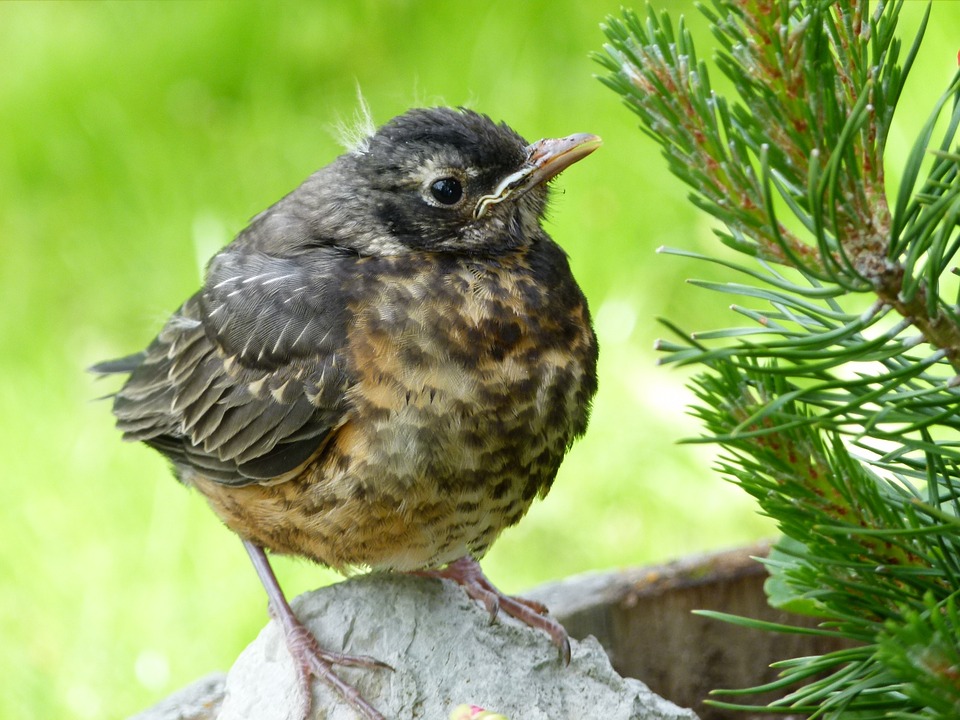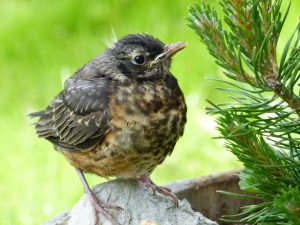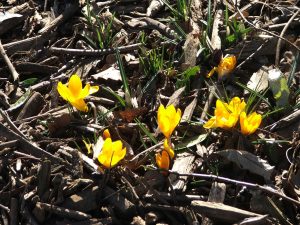
I discovered Haiku, the Japanese verse form 15 years ago. I fell in love with when I first learnt about it. Haiku is popular across the world – people have adapted it and created their own variations too.
But I like the original principles of writing a Haiku. It is all about metaphors. It is all about lightness of words and seriousness of thought. And telling stories through nature.
Usually haiku verses (originally called hokku) are a series of verses linked into a renga (a longer poem). In each verse, there must be two contrasting images – for example, a new classroom and an old student, or an old mosque and a fledgling bird. And then you have to use nature to bring some meaning to the verse you are writing.
For example, here is one I wrote just for you.
Fledgling flaps its wings,
Dilapidated temple,
Summer breeze gives lift.
If you visualize it, you should see a broken down temple and a baby bird trying to fly. One is an image of ruin and the other is a sign of new life. The summer breeze is my “seasonal” image and in this case it lends a hand to the baby bird lifting it up into the sky.
What does the poem mean? It could mean life goes on or there is always new life among ruins. Have you seen a new plant grow through the cracks in the broken down walls of an ancient building? Life is relentless and this baby bird has just started its journey. And nature lends a hand to this bird.
Now look closely at the structure of the poem. If I were a Japanese poet living in Japan, I would have written the poem in a single sentence.
Fledgling flaps its wings, dilapidated temple, summer breeze gives lift.
But most people outside of Japan, prefer to write it in three lines.
Secondly, count the syllables of each section. The first one has 5 syllables. The second has seven and the third has five again.
So what are the four simple rules of writing a haiku?
- You need two contrasting images.
- A simple reference to nature or the season
- An inner meaning – that uses the images as metaphors
- Seventeen syllables broken down into 5,7,5
Now how do I make this into a renga?
Continue writing haikus on the same topic – three or more haikus make a renga. So how would I continue my haiku then?
Fledgling flaps its wings,
Dilapidated temple,
Summer breeze gives lift.
The temple bells toll
The bird climbs even higher
Chasing summer blooms.
She flies far away,
Even as the old hawk waits.
Summers are for joy.
Before writing your own haiku, here are simple tips:
- Read a few of Basho’s Haiku. They are the best, in my opinion. Here are some for you.
- Go to a park or a forest or the woodlands. Sit down in the middle of nature, listen to birds tweet, frogs croak and trees whisper.
- Jot down sounds, images, birds and insects you see. Jot down the colours and shadows you see. Jot down other things you see – man-made structures, cars, bikes, sculptures, taps, fountains, boards.
- Now find two images that usually don’t go together. For example – A spider and a bicycle or a sparrow and a pushchair.
- Think about what could be common amongst the two images you found. How could you relate them together?
- Now find an image of the season – be it summer, winter, autumn or spring, be it the monsoon. It need not be about the season you are currently experiencing. It could be about a season you wish you had right now. Like wishing for summer in a windy wet afternoon.
Now you’ve all the preparatory material to write a haiku. Don’t worry about the syllables yet. There is plenty of time for it. Just write down the three things you need.
- Image 1
- Opposite Image 2
- A seasonal reference
Now play with the words. Check the images, are they working? Do you have something to say using the two images.
Go back and read some more Basho.
Now write the three lines until you get every syllable right. Check the thesaurus for words you could use – that make your poem just right.
Here are two photos to inspire you. These are photos I have captured in various parts of the world (maybe you can guess where they are from). Try your hand at finding a haiku in these images.
You can also send your haikus to storytrain@chitrasoundar.com or to Shoutabout Magazine.




